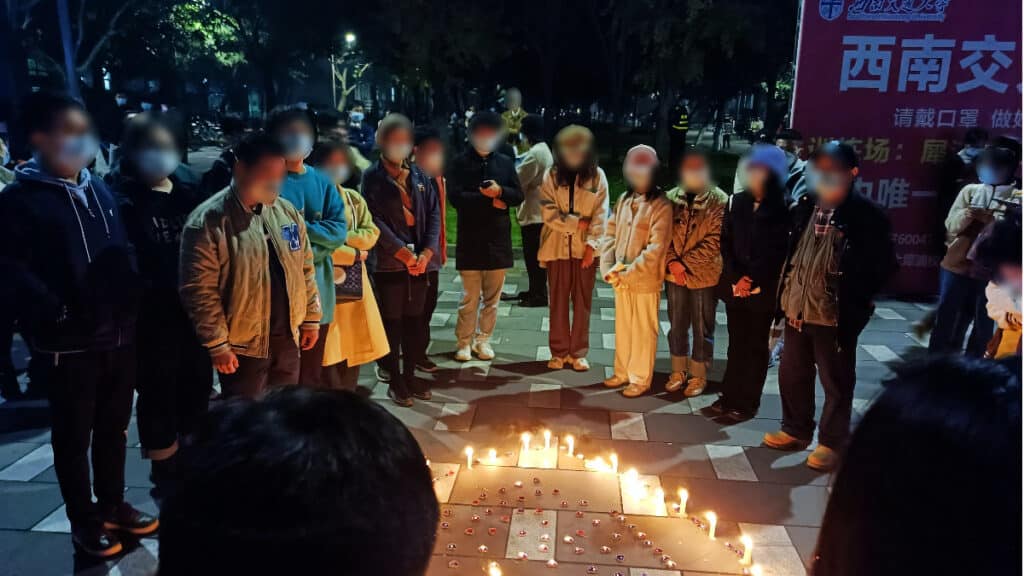Chinese Censorship and Surveillance in a Moment of Unrest
Justin Hendrix / Dec 11, 2022Audio of this conversation is available via your favorite podcast service.

Last week, the Chinese government under President Xi Jinping took steps to finally move away from its zero-COVID policy, following two weeks of protests in multiple cities. The unrest and anti-government sentiment was perhaps the most pronounced since the 1989 Tiananmen Square crackdown. And while these events gave Western observers an opportunity to grapple with the complexity of Chinese politics, generational and regional differences in the views of the population, and ultimately how the authoritarian government responds to public pressure, it also gave us a chance to see how the Chinese censorship and surveillance apparatus operates.
This week’s podcast comes in two parts. In both, we’ll hear from reporters covering the intersection of China and technology.
Part 1: Liza Lin, The Wall Street Journal
The first part features a conversation with Liza Lin, a Reporter at The Wall Street Journal. She covers Asia technology news from Singapore. Before that she was the paper’s China correspondent based in Shanghai. She was part of a team at the Journal named as Pulitzer Finalists for the International Reporting category in 2021 for coverage of Chinese leader Xi Jinping, and with other Journal reporters won the Gerald Loeb Award for International Reporting in 2018 for a series of stories on China's surveillance state. She’s co-author of a book on that subject titled Surveillance State: Inside China's Quest to Launch a New Era of Social Control, with Josh Chin.
Part 2: Paul Mozur and Muyi Xiao, The New York Times
The second part features a conversation with two individuals covering China for the New York Times, Paul Mozur and Muyi Xiao. Mozur is a correspondent focused on technology and geopolitics in Asia, and he was part of a team that won the 2021 Pulitzer Prize for public service for coverage of COVID-19 pandemic. Xiao is a journalist on the Visual Investigations team, which combines traditional reporting with digital forensics. Previously, she worked for ChinaFile, Tencent and Reuters, and has been covering China for a decade. She was on a team named a 2020 Pulitzer finalist in international reporting, and she won first place in the Video Reporting category of the Society of Publishers in Asia Awards in both 2021 and 2022. In their collaborative coverage, Mozur and Xiao have mixed open source visual investigations methods with traditional reporting to get a sense of the protests and the state’s response.
Authors
